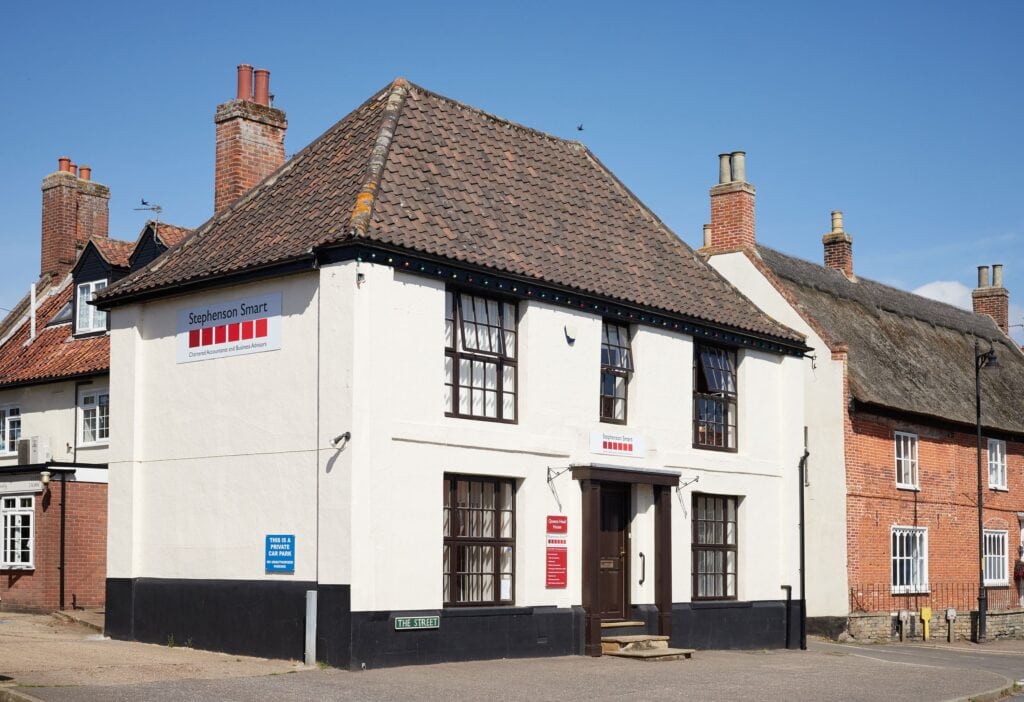
Stephenson Smart Accountants and Business Advisors merged with Hines Harvey Woods in Acle in 2023, to create their seventh office location in East Anglia.
Henry Pettitt BA ACA CTA is the partner that oversees the Acle office, as well as Stephenson Smart’s East Coast office.
Alongside Henry are consultants Andrew Fryer and Sara Harvey FCCA, Associate Director, Stephen Pease FCCA, and the team.
Henry Pettitt BA ACA CTA acts for a wide variety of clients in all sectors and has experience in delivering a broad range of services including advising on inheritance tax and succession planning, tax compliance and the maximisation of capital gains tax reliefs.
Stephen Pease FCCA has many years of experience in accountancy. He has a wealth of knowledge advising sole traders, partnerships and small and medium companies on a range of taxation & accountancy issues.
Andrew Fryer has over forty years of experience in the accountancy industry. In his consultancy role, Andrew is still overseeing the accounts for many local businesses and looks forward to supporting the team, alongside Henry Pettitt, to move towards a vibrant future.
Sara Harvey FCCA has over 40 years of experience in the accountancy profession. She joined Hines Harvey Woods in Acle as partner in 2000, concentrating on supporting owner-managed businesses.
Queens Head House
The Street,
Acle,
Norwich,
Norfolk,
NR13 3DY
T: 01493 750207
E: acle@stephenson-smart.com
Open Monday to Friday
8:30am until 5pm




22-26 King Street, King’s Lynn,
Norfolk, PE30 1HJ
Open 9am until 5pm Monday to Friday
T: 01553 774104
East Coast House, Galahad Road, Beacon Park,
Gorleston, Great Yarmouth, Norfolk, NR31 7RU
Open 9am until 5pm Monday to Friday
T: 01493 382500
Queens Head House, The Street, Acle,
Norwich, Norfolk, NR13 3DY
Open 8:30am until 5pm Monday to Friday
T: 01493 750207
10 Oak Street, Fakenham,
Norfolk, NR21 9DY
Open 9am until 5pm Monday to Friday
T: 01328 863318
2 The Crescent, Wisbech,
Cambridgeshire, PE13 1EH
Open 9am until 5pm Monday to Friday
T: 01945 463383
23 Dartford Road, March,
Cambridgeshire, PE15 8AN
Open 9am until 5pm Monday to Friday
T: 01354 653026
1st Floor, 9 Market Place,
Downham Market, Norfolk, PE38 9DG
Open 9:30am until 4:30pm Tuesdays and Fridays
T: 01366 384121